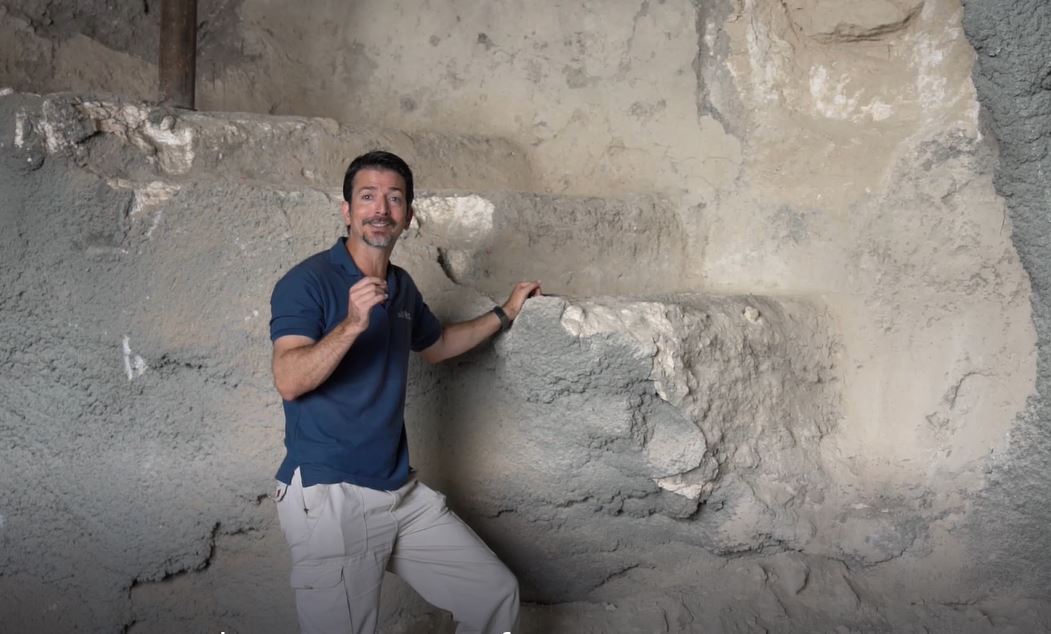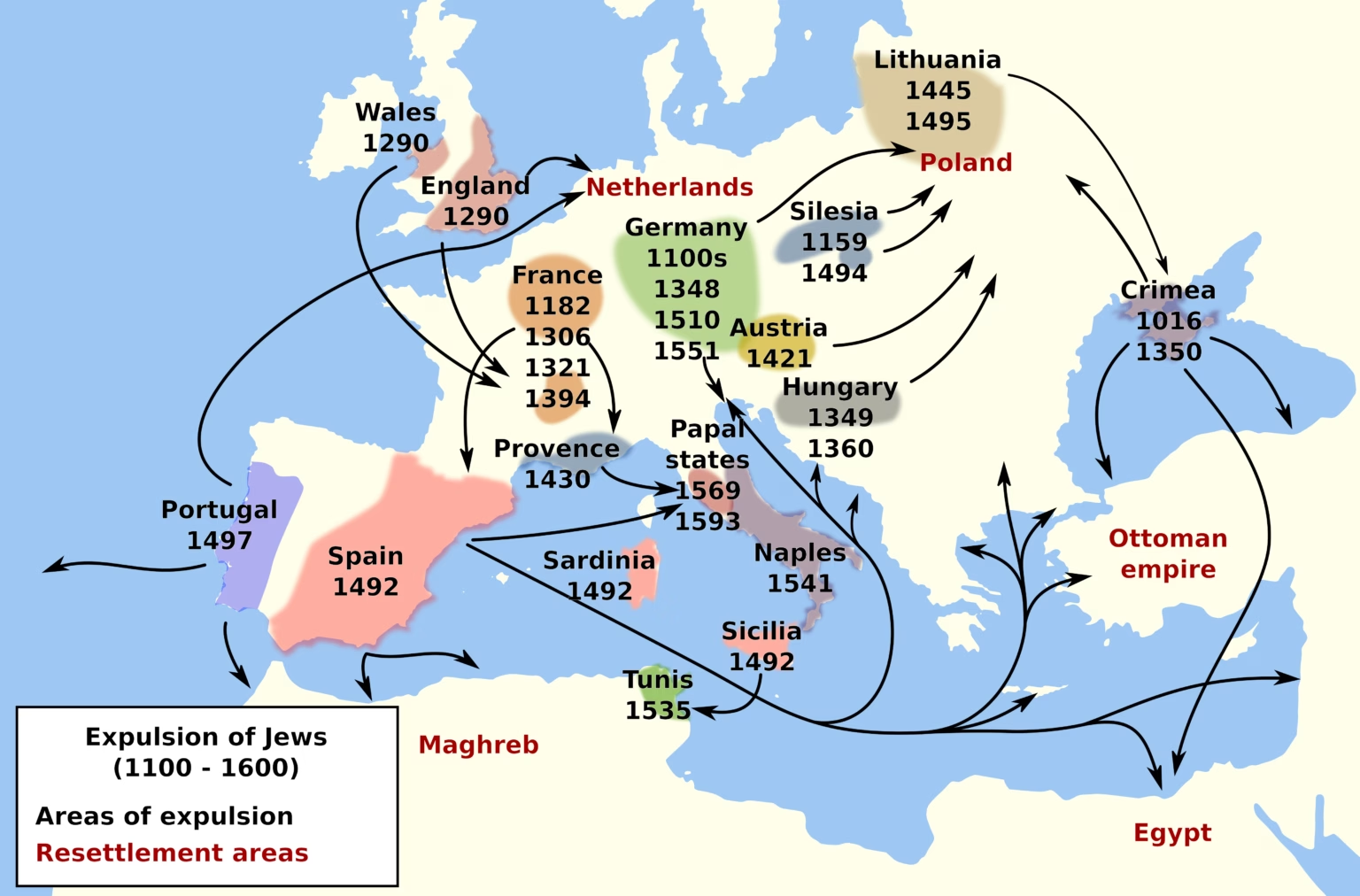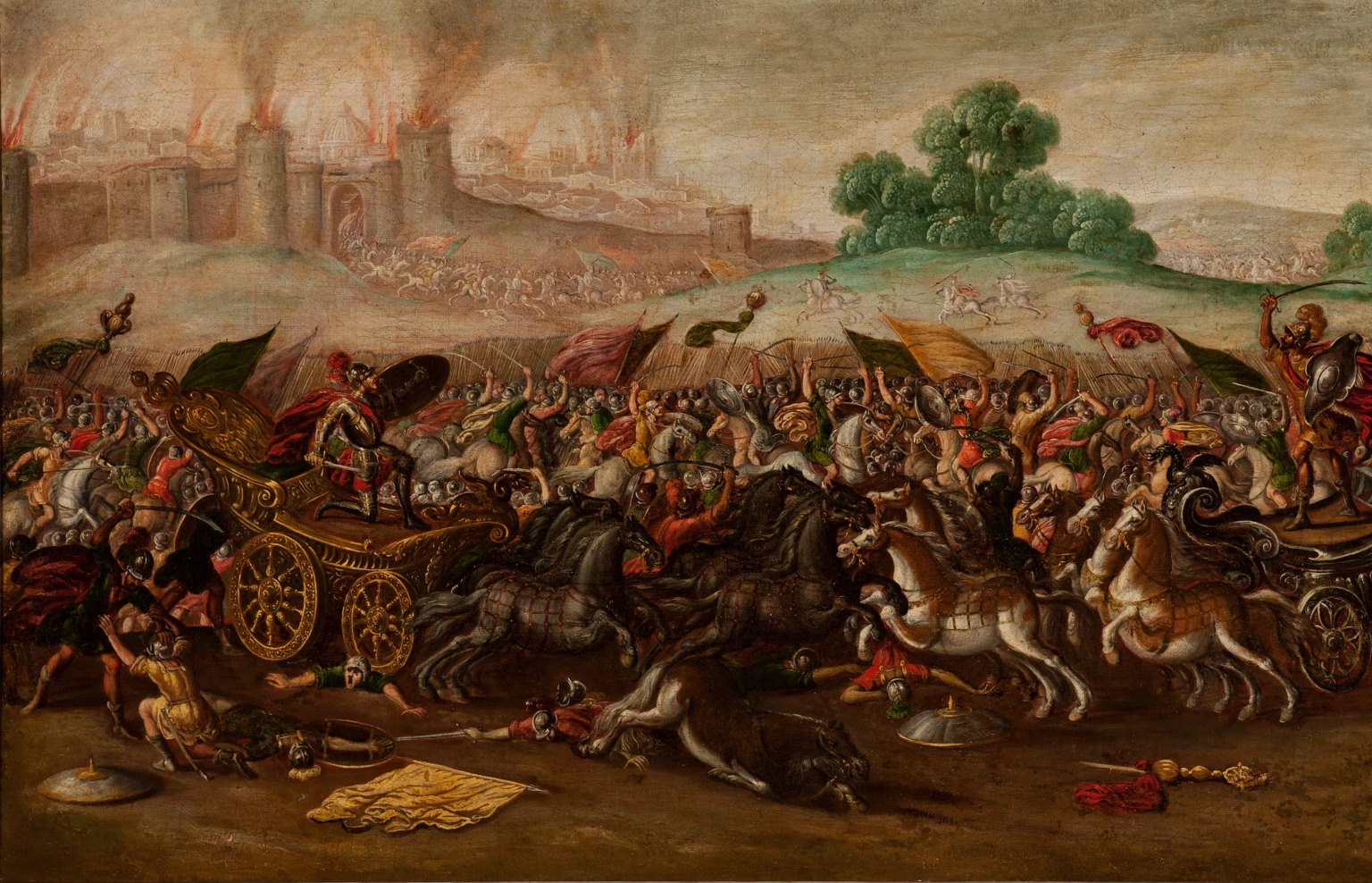Likely Olive Press in Gethsemane
A ritual bath from the Second Temple period was recently found in Gethsemane by the Israel Antiquities Authority. The authority states that there was probably some kind of olive press for making oil in the area.

Archaeologist Amit Re’em next to the ritual bath. Photo: IAA
Gethsemane is the garden at the foot of the Mount of Olives in Jerusalem where Jesus and his disciples prayed the night before Jesus’ crucifixion. The name comes from the Hebrew words Gat (press) Shemanim (oils) and can be translated olive press. According to the Gospel of Luke 22:44, Jesus’ anguish in Gethsemane was so great that “his sweat became like drops of blood falling to the ground”.
Gethsemane was an important destination for early Christian pilgrims. In his work Onomastikon (which is traditionally dated before the year 324), the historian and theologian Eusebius of Caesarea states that Gethsemane was located at the foot of the Mount of Olives. He added that the Christians were in the habit of going there to pray. A ritual bath from the period of the Second Temple was found a few years ago in what may be the olive grove where Jesus spent his last night of anguish and accepted his mission before being arrested and then crucified.
First 2000-year-old find
In December 2020 the Times of Israel wrote that the discovery of the ritual bath may mark the first find from the Gethsemane in the New Testament. The Second Temple-era ritual bath found at the site is the first evidence linking the site to the period when Jesus lived.
“For the first time, we have archaeological evidence that something was here during the Second Temple period in the days of Jesus”, said Israel Antiquities Authority’s Jerusalem director Amit Re’em to the newspaper. “The find points to the possibility of an oil press at the site, which seems consistent with the New Testament name of the place. During the time when Jesus walked the streets of Jerusalem, Gethsemane would have been a field outside the walls of the city, full of olive trees, at the foot of the Mount of Olives.
Ritual baths from the Second Temple period are not particularly unusual for archaeologists to find. “There are dozens of similar baths in the land of Israel — if not hundreds”, Re’em told The Times of Israel. “But this ritual bath, also known as a mikveh, represents the first physical archaeological evidence of the traditional site of Gethsemane,” he noted.
Probably an oil press
According to Amit Re’em, there was likely some kind of olive press, for producing oil in the middle of the field, but so far this had not been discovered. Re’em tentatively said that the discovery of the ritual bath outside the walls of Jerusalem – that is, not in a residential area – points to an implicit need for ritual purity.
“In Jewish law, you must be purified before you produce wine or olive oil”, Re’em said, “so it is very likely that during the time of Jesus there was an oil press at this place.”
The discovery of the bath occurred during the construction of a tunnel to link the modern Church of the Nations to the Kidron Valley in the prospect of a new visitor center. Since then, the Israel Antiquities Authority and students from the Studium Biblicum Franciscanum have conducted and completed salvage excavations at the site.


